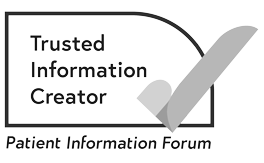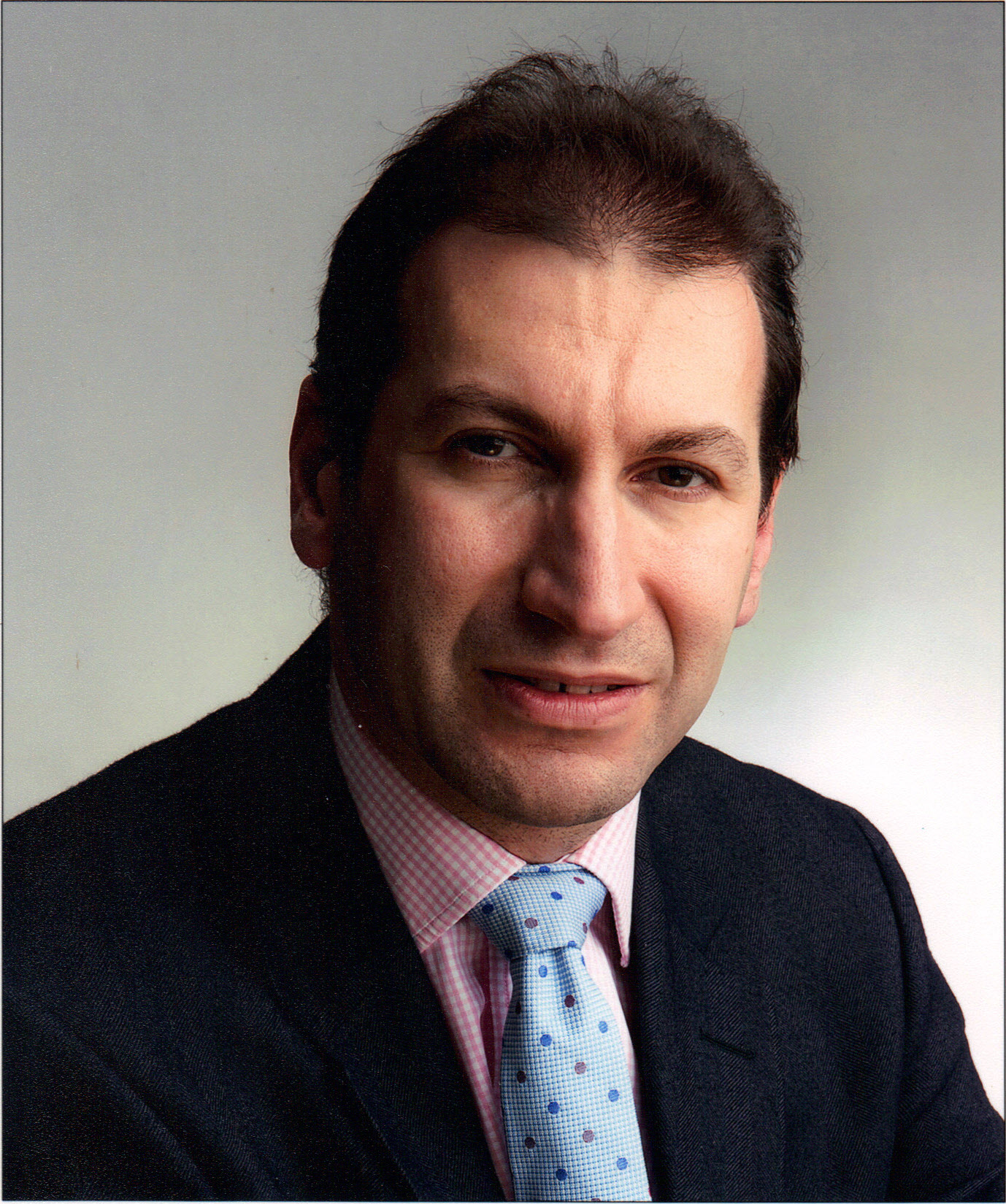What is gallbladder cancer?
Gallbladder cancer is rare. About 1,100 people in the UK are diagnosed with it each year. It is most common in people over 75. It is more common in women than men.
The gallbladder
The gallbladder is a small pouch that sits under the right side of the liver. It stores bile, a fluid made in the liver. Bile helps to digest food and break down fats.
Bile is carried in the bile ducts. These are tubes that connect the liver and gallbladder to the small bowel.
Liver and surrounding organs
The gallbladder and bile ducts together are called the biliary system or biliary tree.
We have separate information about cancer that starts in the bile duct (cholangiocarcinoma).
Related pages
Symptoms of gallbladder cancer
Early gallbladder cancer does not usually cause symptoms.
When a person has symptoms caused by gallbladder cancer, the cancer is usually at a more advanced stage. We have more information about the symptoms of gallbladder cancer.
Related pages
Causes of gallbladder cancer
Doctors do not know the exact causes of gallbladder cancer. But there are risk factors that can increase your chance of developing it.
Having 1 or more risk factors does not mean you will get gallbladder cancer. And not having any risk factors does not mean you will not get gallbladder cancer.
Some of the risk factors for gallbladder cancer are:
-
Age
Gallbladder cancer is most common in people aged over 75.
-
Sex
Gallbladder cancer is more common in women than men.
-
Gallstones and inflammation
People with a history of gallstones or an inflamed gallbladder (cholecystitis) have a higher risk. But most people with these conditions do not develop gallbladder cancer.
-
Primary sclerosing cholangitis (PSC)
PSC is a rare condition that causes inflammation and narrowing of the bile ducts. People with this condition have an increased risk of gallbladder cancer.
-
Porcelain gallbladder
Sometimes calcium builds up in the wall of the gallbladder. This condition is called a porcelain gallbladder. People with this condition have a slightly increased risk of gallbladder cancer.
-
Polyps
Polyps are non-cancerous (benign) tumours of the gallbladder. Having polyps increases the risk of developing gallbladder cancer. Bigger polyps have a higher risk than smaller ones. Doctors are usually more concerned about polyps that are bigger than 1cm.
-
Chronic infection
Some types of chronic infection are linked to an increased risk of gallbladder cancer.
-
Abnormal bile ducts
Gallbladder cancer is slightly more common in people born with abnormal bile ducts.
-
Smoking
People who smoke have a higher risk of gallbladder cancer.
-
Obesity
Being very overweight can increase your risk of developing gallbladder cancer.
-
Family history
Close relatives of people with gallbladder cancer have a slightly higher risk. A close relative is a parent, brother or sister.
Diagnosis of gallbladder cancer
Some people may be diagnosed with gallbladder cancer during surgery to have the gallbladder removed – for example, if they have gallstones or inflammation of the gallbladder. In this situation, the cancer may be found before it has caused any symptoms.
Some people will see their GP because they have symptoms. The GP can refer them to a hospital specialist and for tests to find the cause of the symptoms.
At the hospital
The doctor will ask you about your general health and any medical problems you have had. The doctor will examine your tummy area (abdomen).
You may have blood tests and some of the following tests:
-
Ultrasound scan
An external ultrasound scan uses sound waves to build up a picture of the gallbladder and surrounding organs.
-
CT scan
A CT scan takes a series of x-rays which build up a three-dimensional (3D) picture of the inside of your body.
-
MRI scan
An MRI scan uses magnetism to build up a detailed picture of areas of your body.
-
MRCP scan (magnetic resonance cholangiopancreatography)
An MRCP is a type of MRI scan that looks at the gallbladder and nearby organs. Your doctor can tell you more about this test.
-
ERCP (endoscopic retrograde cholangio-pancreatography)
-
EUS (endoscopic ultrasound)
An EUS is similar to an ERCP but uses ultrasound. It may also be used to take biopsies.
-
PTC (percutaneous transhepatic cholangiography)
A PTC is a test that uses x-rays to look at the bile ducts. It can also be used to unblock a bile duct and help with jaundice.
-
Laparoscopy
A laparoscopy is a small operation used to look at the bile ducts and the tissue around them. The surgeon uses a thin tube with a camera on the end, called a laparoscope. They may also take biopsies.
Waiting for test results can be a difficult time, we have more information that can help.
Related pages
Staging and grading of gallbladder cancer
The results of your tests help your doctors find out more about the size and position of the cancer and whether it has spread. This is called staging.
After a biopsy or an operation to remove the gallbladder, the doctor examines the cells under a microscope to find the grade. This gives an idea of how quickly the cancer might grow or spread.
Knowing the stage and grade helps your doctors plan the best treatment for you. We have more information about the staging and grading for gallbladder cancer.
Treatment for gallbladder cancer
A team of specialists will meet to discuss the best possible treatment for you. This is called a multidisciplinary team (MDT).
After the MDT meeting, you will usually meet with your specialist doctor and nurse. They will talk to you about your treatment plan.
Your specialist doctor should explain:
- the aim of the treatment – whether it is to cure the cancer or control it
- the benefits of the treatment
- the disadvantages of the treatment – for example, the risks and side effects
- any other treatments that may be available
- what may happen if you do not have the treatment.
Your doctor or cancer specialist or nurse will explain the different treatments and their side effects. They will also talk to you about things to consider when making treatment decisions. Make sure you have a contact number so you know who to call if you have further questions.
Treatment for gallbladder cancer may include:
-
Surgery
You may have surgery to remove the gallbladder. The surgeon may also remove some lymph nodes and part of the liver. If the cancer has spread into a nearby organ, the surgeon may remove part or all of that organ too.
-
Chemotherapy
Chemotherapy uses anti-cancer (cytotoxic) drugs to destroy cancer cells. You may have chemotherapy after surgery. This is to reduce the risk of the cancer coming back. This is called adjuvant treatment.
You may also be offered chemotherapy if it is not possible to have surgery or if the cancer has come back or spread. Chemotherapy can help shrink the cancer or slow its growth.
The chemotherapy drugs most commonly used to treat gallbladder cancer are capecitabine, gemcitabine and cisplatin.
Some people have chemotherapy and radiotherapy together. This is called chemoradiation.
Some people have chemotherapy with an immunotherapy drug called durvalumab.
-
Radiotherapy
Radiotherapy uses high-energy rays called radiation to treat cancer. It destroys cancer cells in the area where it is given. If gallbladder cancer has spread and there is only a small area of cancer, you may have radiotherapy to help with symptoms.
-
Stents
If the cancer is blocking a bile duct, this can cause jaundice. This can often be treated with a tube called a stent. The stent holds the duct open so it is no longer blocked.
You may have some treatments as part of a clinical trial.
After gallbladder cancer treatment
Follow-up after treatment for gallbladder cancer
You will have regular check-ups during and after your treatment. You may also have some scans and x-rays. These may continue for several years. Tell your doctor or specialist nurse as soon as possible if you have any problems or notice new symptoms between appointments.
We have more information about follow-up care after treatment.
Support after gallbladder cancer
You may have lots of different emotions after finishing gallbladder cancer treatment. You may get anxious between appointments. This is natural. Everyone has their own way of dealing with illness and the emotions they have. You may find it helpful to talk to family and friends or to your doctor or specialist nurse.
It is important to know where to get support or information if you need it. To find support:
- ask your GP or someone from your cancer team for advice about support in your area
- find local cancer support services.
Macmillan is also here to support you. If you would like to talk, you can:
- Call the Macmillan Support Line for free on 0808 808 00 00.
- Chat to our specialists online.
- Visit our gallbladder cancer forum to talk to people who have been affected by gallbladder cancer, share your experience, and ask an expert your questions.
Our course Help to Overcome Problems Effectively (HOPE) helps people during and after cancer treatment. It is a free, interactive, group-based, self-management support course. It runs for 6 weeks, with each weekly session lasting 2.5 hours.
Well-being and recovery
It can take time to recover after gallbladder cancer treatment. Some days you may feel better than others.
Even if you already have a healthy lifestyle, you may choose to make some positive changes after treatment. We have more information on leading a healthy lifestyle after treatment.
Making small changes, such as eating well and keeping active, can improve your health and well-being, and help your body recover.
Related pages
About our information
This information has been written, revised and edited by Macmillan Cancer Support’s Cancer Information Development team. It has been reviewed by expert medical and health professionals and people living with cancer.
-
References
Below is a sample of the sources used in our gallbladder cancer information. If you would like more information about the sources we use, please contact us at informationproductionteam@macmillan.org.uk
Vogel, A. et al. Biliary tract cancer: ESMO Clinical Practice Guideline for diagnosis, treatment and follow-up. ESMO Annals of Oncology. 2022. 34,2; 127-140. Available at: pubmed.ncbi.nlm.nih.gov/36372281/ [accessed March 2023]
Fox, E. Gallbladder Cancer. Medscape. Available at: emedicine.medscape.com/article/278641-overview?form=fpf [accessed April 2023]
Mehrotra, B. Gallbladder cancer: Epidemiology, risk factors, clinical features, and diagnosis. UpToDate. 2022. www.uptodate.com/contents/gallbladder-cancer-epidemiology-risk-factors-clinical-features-and-diagnosis [subscription only; accessed March 2023]
Date reviewed

Our cancer information meets the PIF TICK quality mark.
This means it is easy to use, up-to-date and based on the latest evidence. Learn more about how we produce our information.
The language we use
We want everyone affected by cancer to feel our information is written for them.
We want our information to be as clear as possible. To do this, we try to:
- use plain English
- explain medical words
- use short sentences
- use illustrations to explain text
- structure the information clearly
- make sure important points are clear.
We use gender-inclusive language and talk to our readers as ‘you’ so that everyone feels included. Where clinically necessary we use the terms ‘men’ and ‘women’ or ‘male’ and ‘female’. For example, we do so when talking about parts of the body or mentioning statistics or research about who is affected.
You can read more about how we produce our information here.





